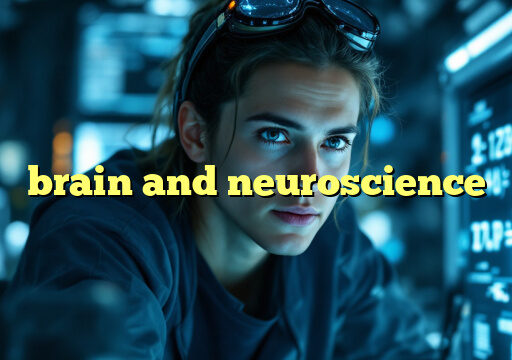Neuroplasticity, also known as brain plasticity, is the brain's remarkable ability to reorganize itself by forming new neural connections in response to learning or experience. In simpler terms, it is the brain's ability to change and adapt throughout our lives.
For many years, it was believed that the brain was a rigid and fixed organ, with little capacity for change. However, recent research has shown that our brains are incredibly malleable and can adapt to new experiences, learn new skills, and recover from injuries.
How Neuroplasticity Works
Neuroplasticity occurs at the cellular level, with changes in the strength and formation of connections between neurons. When we learn something new or experience a new stimulus, our brains respond by forming new synapses or strengthening existing ones. This process is essential for learning, memory, and adapting to new environments.
Neuroplasticity can also occur as a result of injury or disease. When a part of the brain is damaged, other areas can sometimes compensate for the loss by reorganizing and taking on new functions. This ability of the brain to adapt and rewire itself is crucial for recovery after a stroke or traumatic brain injury.
The Power of Neuroplasticity in Learning and Memory
Neuroplasticity plays a significant role in learning and memory. When we learn something new, such as a new language or a new skill, our brains form new connections and pathways to store and retrieve that information. The more we practice and reinforce these connections, the stronger they become, making it easier for us to recall the information in the future.
Studies have shown that engaging in activities that challenge the brain, such as learning a musical instrument or solving puzzles, can help improve cognitive function and memory. This is because these activities stimulate neuroplasticity, promoting the formation of new neural connections and enhancing overall brain health.
Neuroplasticity and Mental Health
Neuroplasticity also plays a crucial role in mental health. Research has shown that therapy techniques such as cognitive behavioral therapy can help rewire the brain and alter thought patterns in individuals with conditions such as depression and anxiety. By changing the way our brains process information, we can effectively change our behavior and improve our mental well-being.
Furthermore, neuroplasticity can also be harnessed to help individuals with neurodevelopmental disorders such as autism or ADHD. By engaging in targeted therapies and interventions that promote neuroplasticity, individuals can learn new skills, improve social interactions, and enhance overall functioning.
Conclusion
Neuroplasticity is a fascinating and powerful phenomenon that highlights the incredible potential of the human brain. Our brains have the capacity to change, adapt, and reorganize themselves throughout our lives, allowing us to learn new skills, recover from injuries, and improve our mental health.
By understanding and harnessing the power of neuroplasticity, we can unlock new possibilities for personal growth, learning, and overall well-being. The next time you face a challenge or setback, remember that your brain is capable of incredible change and adaptation.
FAQs
What factors influence neuroplasticity?
Neuroplasticity can be influenced by a variety of factors, including genetics, age, environment, and lifestyle. Engaging in activities that challenge the brain, such as learning new skills or exercising regularly, can help promote neuroplasticity and enhance brain function.
Can neuroplasticity help with recovery from a brain injury?
Yes, neuroplasticity plays a crucial role in recovery from brain injuries such as strokes or traumatic brain injuries. By reorganizing and forming new connections, the brain can compensate for damaged areas and improve overall functioning.
How can I promote neuroplasticity in my own life?
You can promote neuroplasticity in your own life by engaging in activities that challenge the brain, such as learning a new language, playing a musical instrument, or participating in regular exercise. Additionally, practicing mindfulness and meditation can help improve brain function and promote neuroplasticity.
Unlock Your Mental Potential




